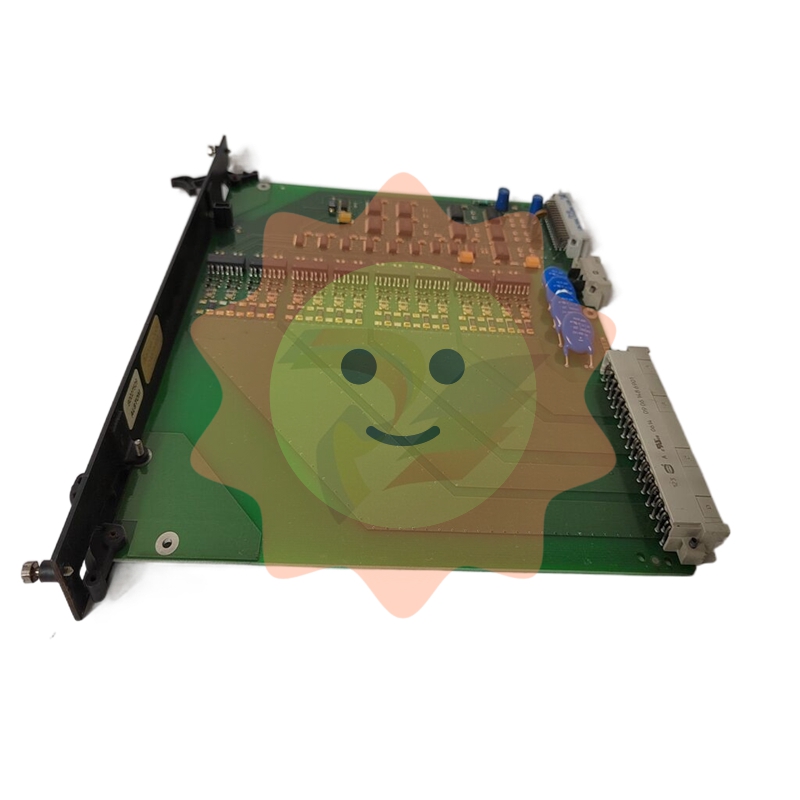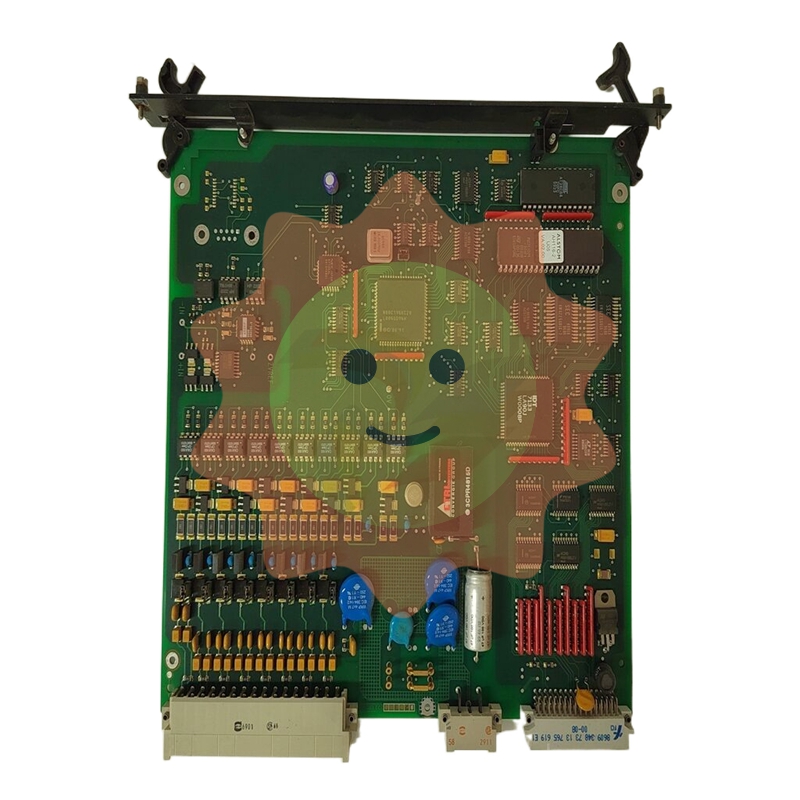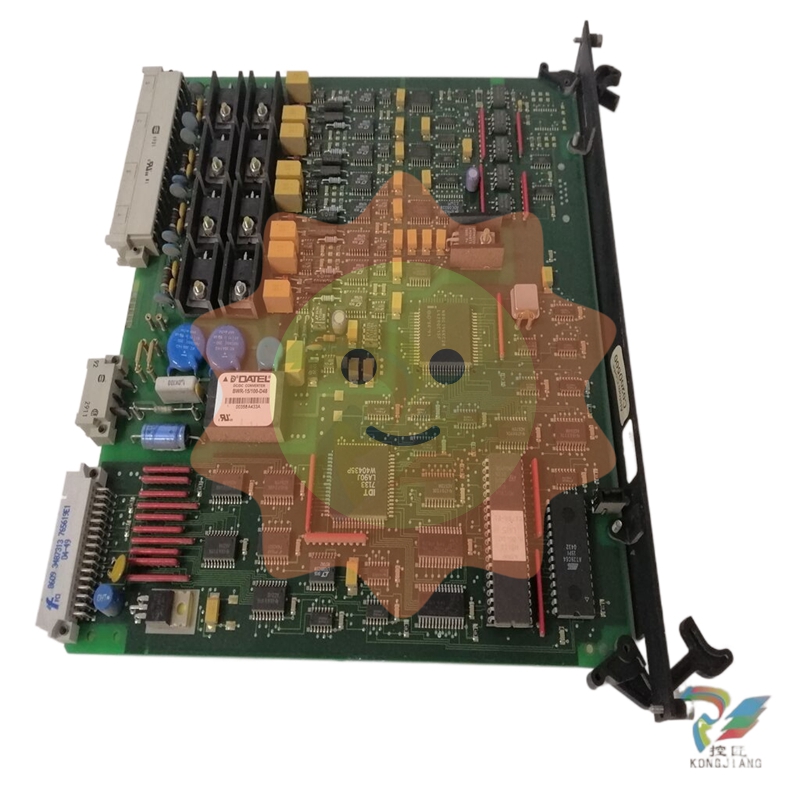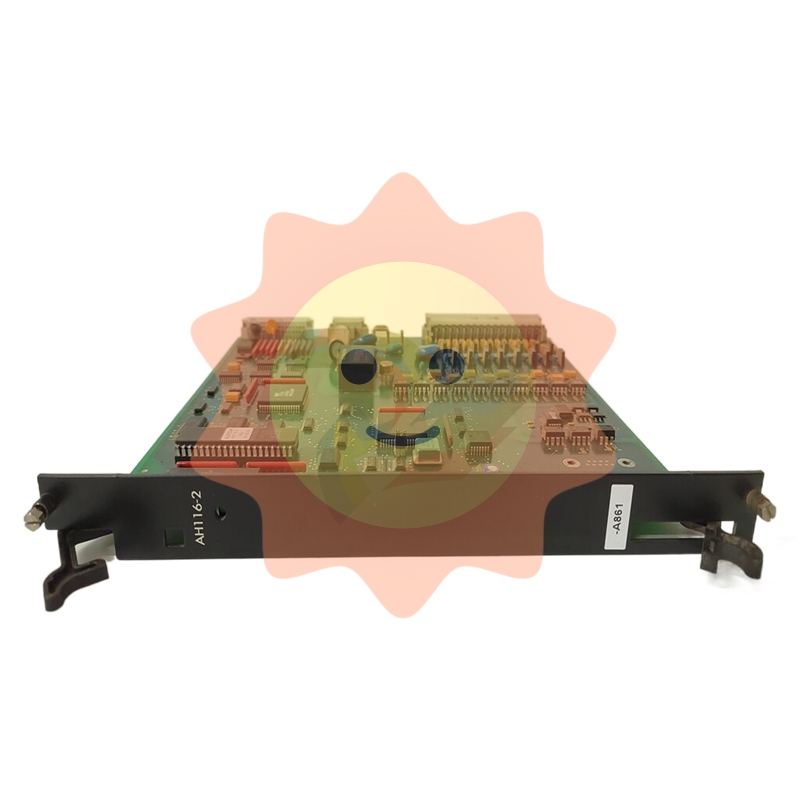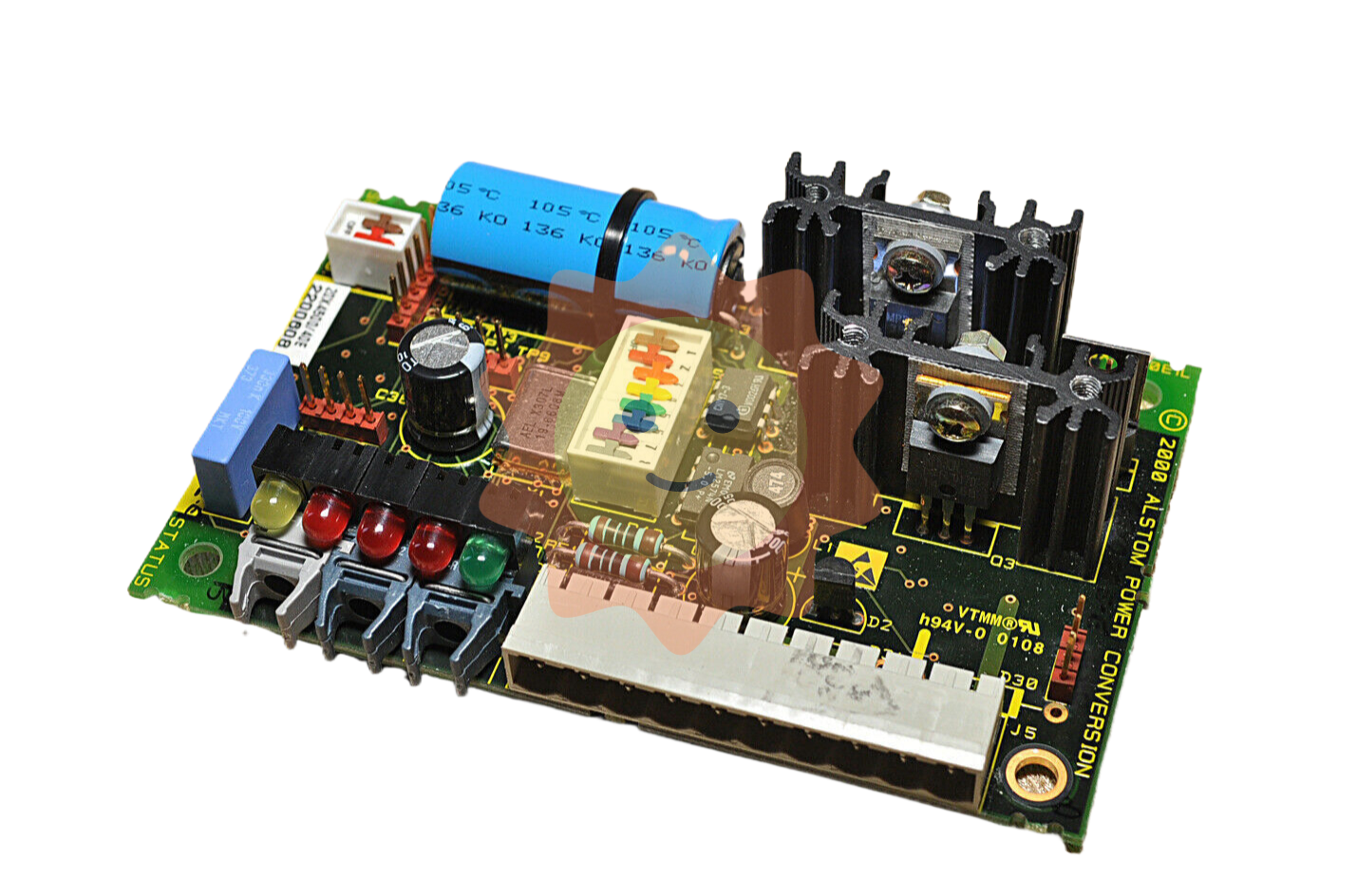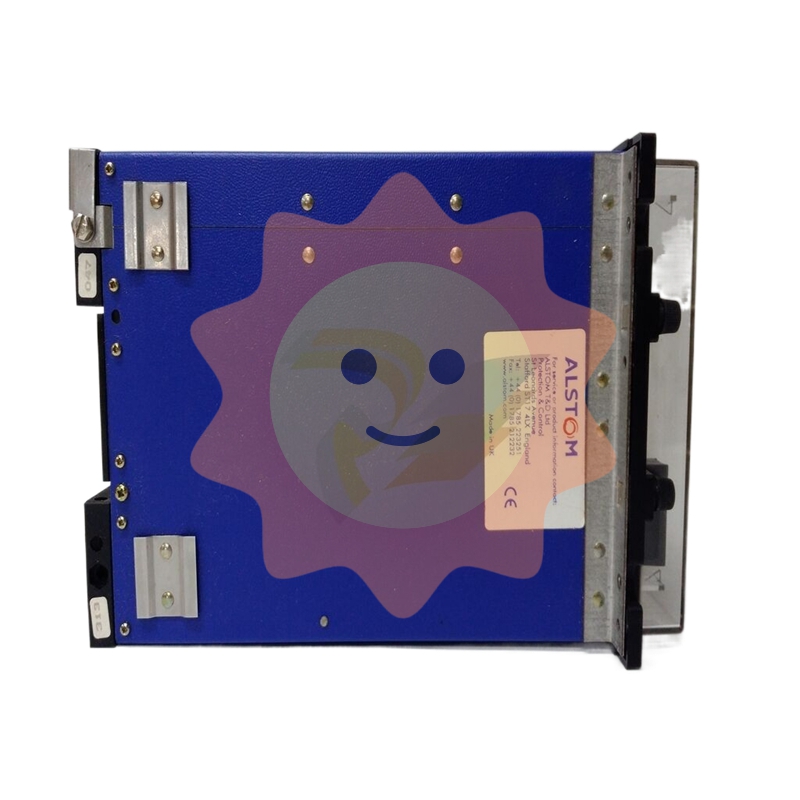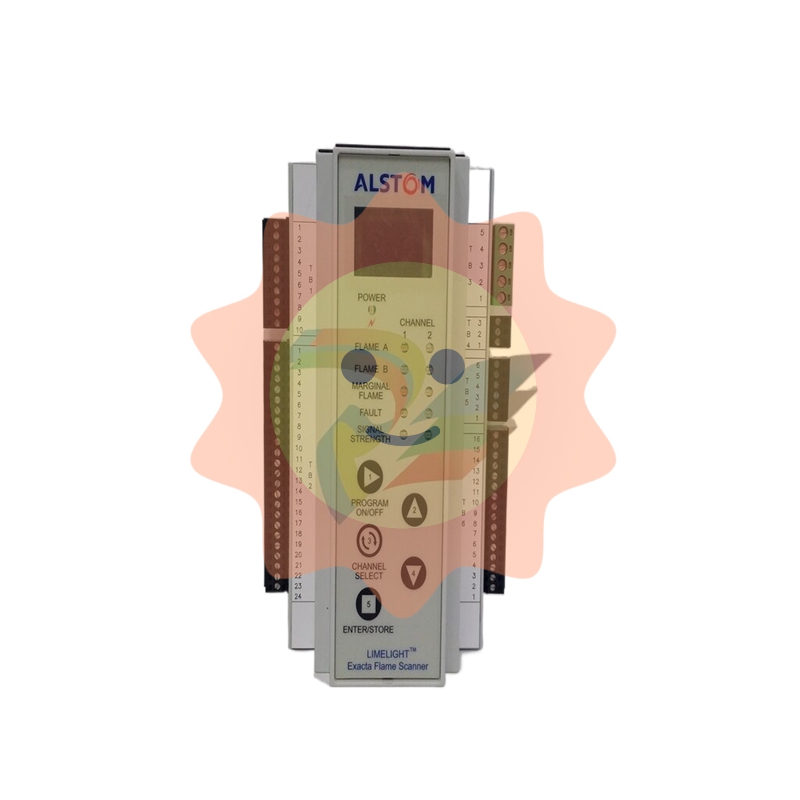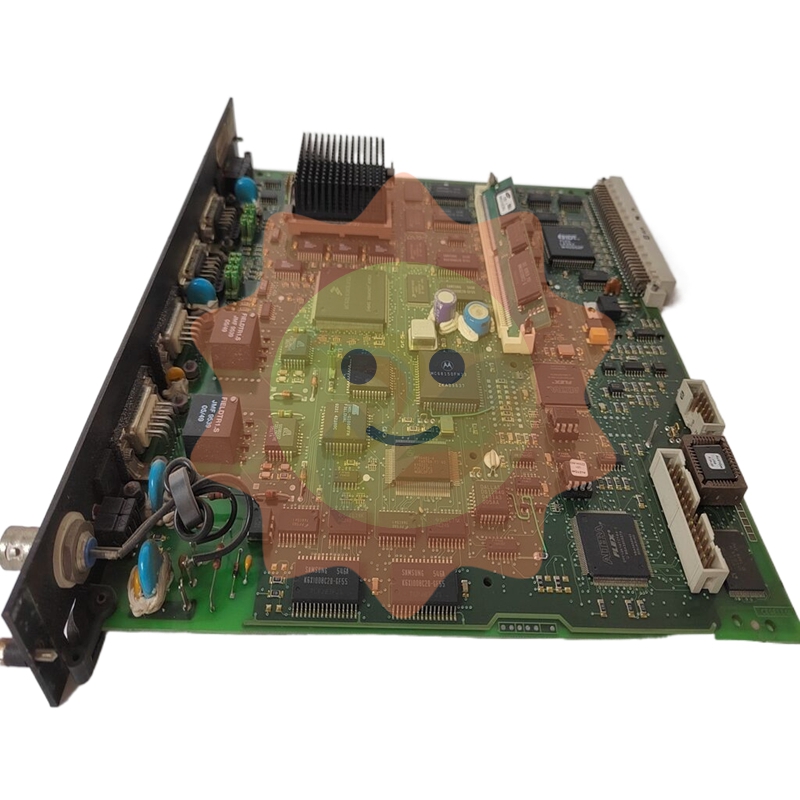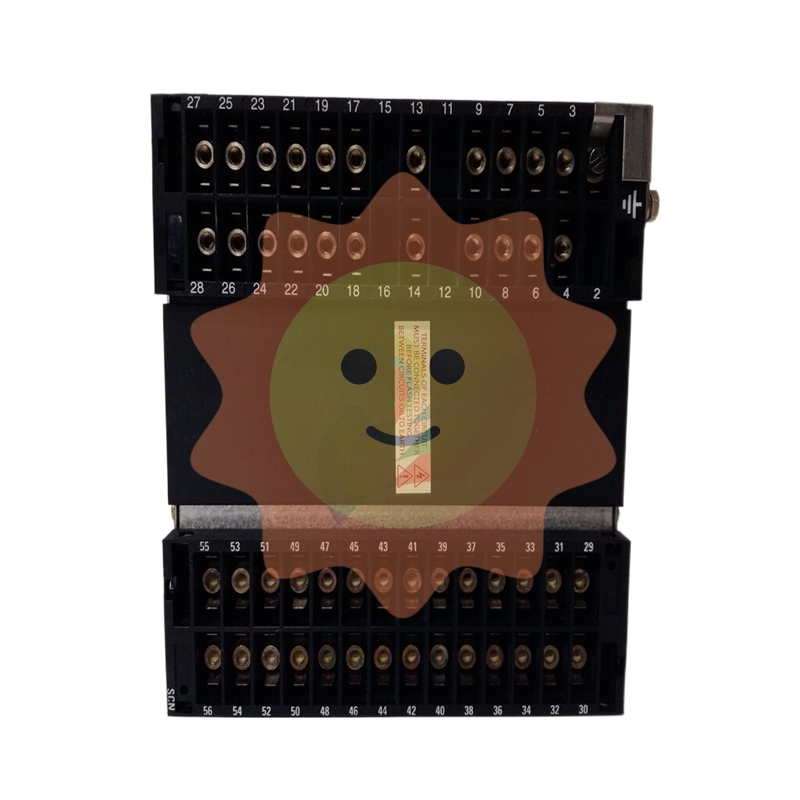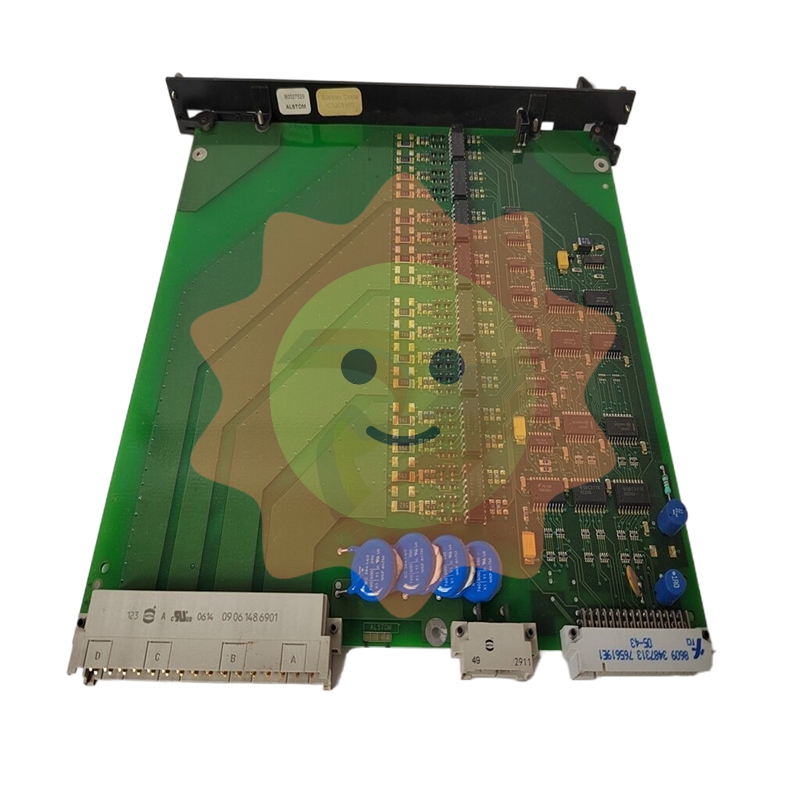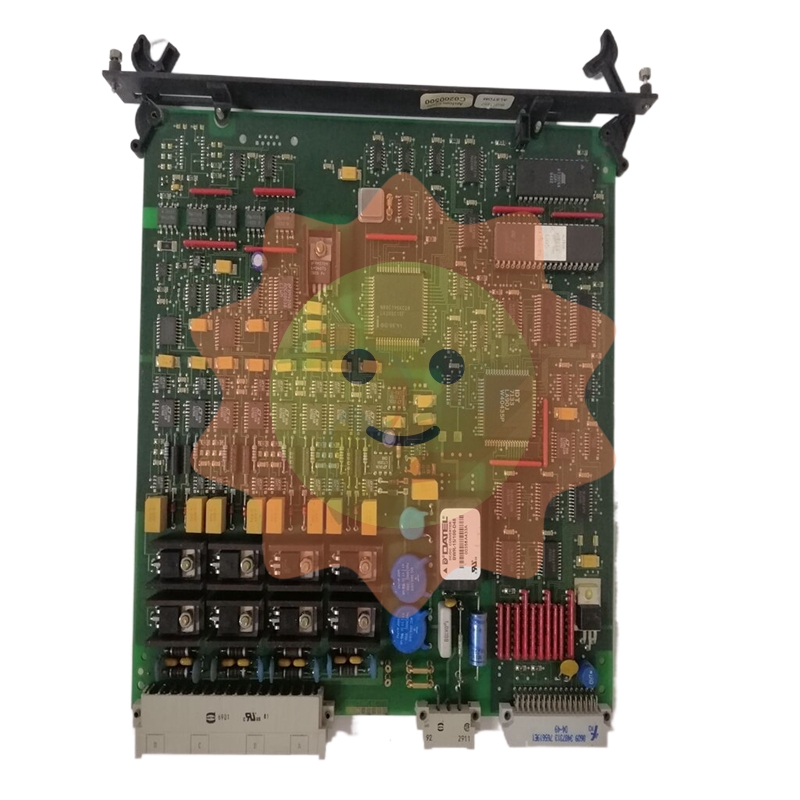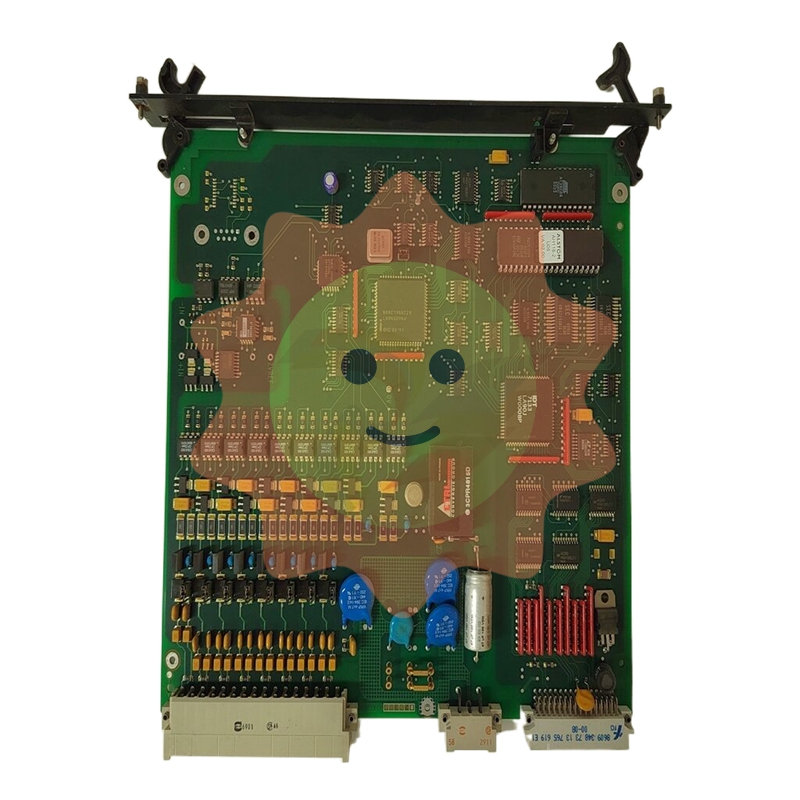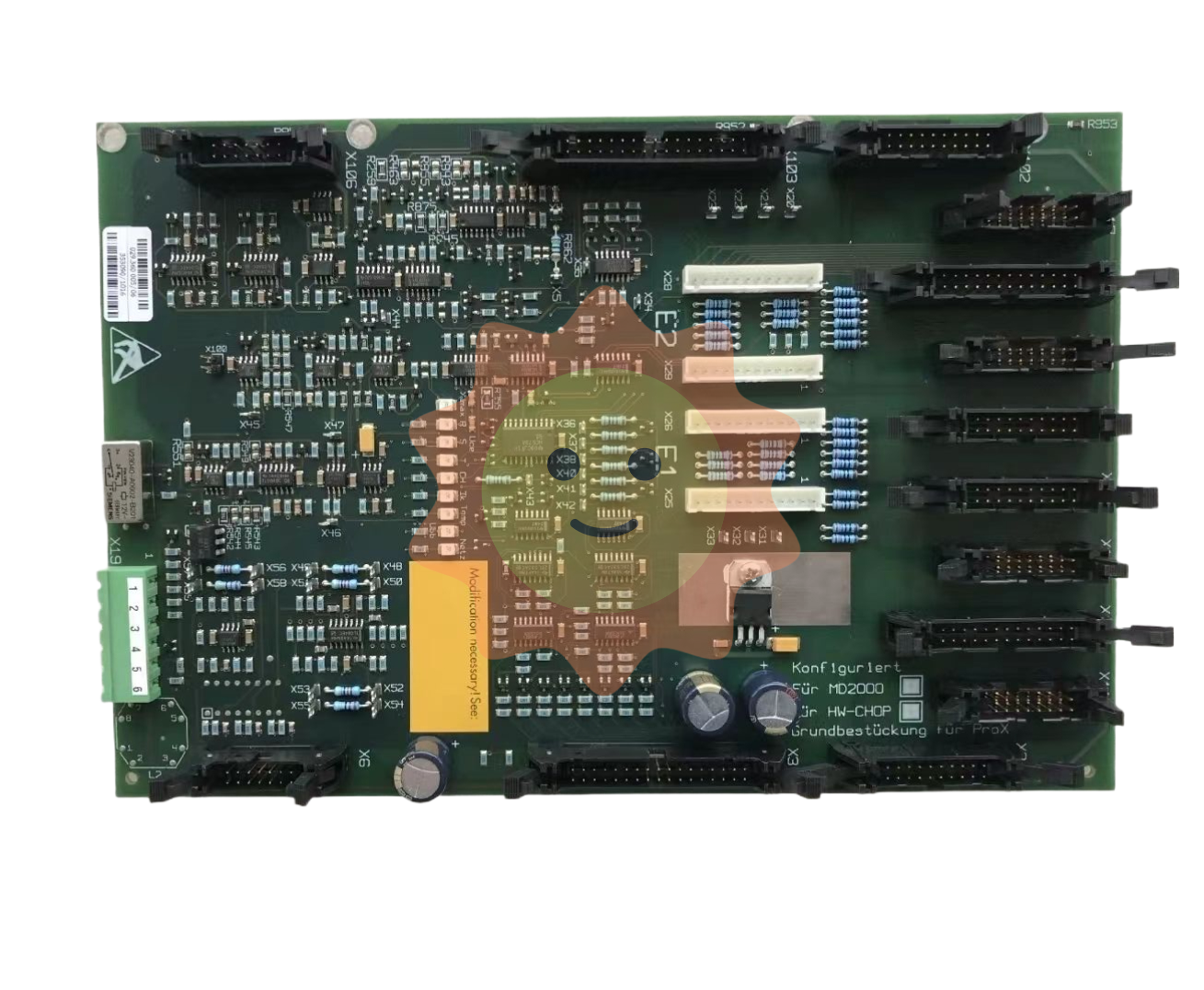Scientific and technological innovation promotes the high-quality development of mining industry
1. The Fourth Industrial Revolution drives the transformation of the entire mining value chain
According to McKinsey, artificial intelligence (AI), robotics, the Internet of Things, autonomous vehicles, 3D printing, nanotechnology, biotechnology, materials science, energy storage, and quantum computing are key elements of the fourth Industrial Revolution. All of these factors have the potential to completely "disrupt" traditional manufacturing, thereby blurring the lines between the physical, digital, and biological realms. However, the Fourth Industrial Revolution is generally driven by three major technological trends: connectivity, intelligence, and flexible automation.
The fourth Industrial revolution in manufacturing remains a top priority for many leaders in both the private and public sectors. This is having a hugely disruptive impact on value chains, industries, and operating models, representing the next generation engine of economic development and opening up opportunities for value capture in ways not seen in the past industrial revolution.
The boom in technological innovation is occurring not only in mining companies, but also in other industries around the world, and what they have in common is digitization. While there are many different definitions associated with digitization, it is essentially about increasing access to and processing of real-time data on all aspects of today's world.

Digitalisation is being achieved through higher processing power, stronger and faster networks, better sensors (including GPS, radar and lidar), and improved software and algorithms. Digitization ensures the analysis and understanding of the data and allows feedback within the system (manual, automated or artificial intelligence), using real-time data for immediate visualization, control and optimization of commercial operations, applied to all aspects of mine operations.
Many believe that it is no longer technology that stands in the way of digital transformation, but rather the ability to organize an increasingly advanced and changing environment, sometimes also depending on cost. In order to succeed in operations and in the application of digital technologies, technological innovation in the mining equipment, technology and service industries must be robust, sustained and cost-effective. In addition, the interface with management must be functional and simple.
In November 2015, the consulting firm McKinsey & Company estimated that the potential economic impact of digitization of mines could reach $370 billion by 2025 through increased capacity, reduced waste and improved safety. Of this, $250 billion comes from a deeper understanding of the resource base, optimization of material and equipment flows, increased mechanization based on automation, and real-time monitoring of performance under the program.
In January 2017, a study by the World Economic Forum in collaboration with Accenture suggested that the mining industry could save $428 billion by 2025. The largest sources are expected to be integrated procurement, data exchange, and trade, followed by wearables ($85 billion), remote operations centers ($84 billion), and automated operations and robotics ($56 billion). They believe it will reduce the workforce by almost 5 per cent.
According to Accenture, cognitive networking is the next generation of technology being adopted by all industries worldwide. The analysis of unstructured data enables machines to think and act like humans, driving a real transformation of the entire mining value chain. The use of artificial intelligence will provide a path for human-computer interaction and the creation of an environment with self-improvement, self-learning, self-healing and self-control, which is also the development goal of future mines.

2. Scientific and technological innovation leads the mining industry into the 4.0 era
The mining industry has made very few major technological breakthroughs in recent decades. In mineral processing, major technological breakthroughs are still 100 years ago flotation technology and 50 years ago solvent extraction technology. In mining, revolutionary developments included the invention of explosives, the introduction of carbide drills, the adoption of underground large-scale mining methods, and the upgrading of open-pit mining equipment. Despite the lack of major technological breakthroughs, mining today is safer, more efficient, and "greener" than it was 25 years ago, thanks to the continuous upgrading of production systems. The main trends include: first, the continuous mechanization of mines; Second, the establishment of maintenance, management and supply systems; The optimization software of geology and engineering technology; Fourth, the expansion of the scale of mines and mineral processing plants; Fifth, the extensive application of information technology in process control has realized the connection between mining and mineral processing. The Fourth Industrial Revolution is no longer a gradual process of improvement, but a step change.
2.1 Digital mine is the future development direction
At present, digital technology has been used to different degrees in different environments of mines. While digital technologies are still being perfected, they are already widely used and starting to integrate into value chains. The success of mining companies is not only the adoption of the latest applications and technologies, but more importantly, the integration of digital and innovative ideas into their business strategy.

Rio Tinto, one of the pioneers in the mining industry, launched the Mine of the Future initiative in 2008. The plan is to harvest minerals from deep within the Earth while reducing environmental impact and further improving safety. In 2010, Boliden, Poland's KGHM Mining company, Sweden's LKAB Mining company and several global suppliers and academic institutions launched a conceptual study on a shared vision for the future of mines. In 2018, Anglo American launched the "Smart Mine of the Future" program, and many other mining companies have also begun informal activities and programs.
Nick Holland, CEO of South Africa's Gold Fields, has spoken for several years about the future of mines, including in 2018 about the need for mining companies to "embrace" technology as it becomes harder and longer to find and develop mines and as ore grades decline. He believes that technological innovation is like a tsunami for the mining industry, and "you" may "ride the wave" or "be washed away by the wave." Goldfield's goal is to achieve full remote control of open or underground mines by 2028. He believes that collaboration with technology companies will provide solutions to achieve the goal.
Australia's Resolute Mining has built the highly automated Syama underground gold mine in Mali based on the Future Mine concept, which began production in December 2018. Mine design requires the use of the best mining, transportation and processing technology, and allows operators to install advanced mobile equipment monitoring and control systems, and these technologies will gradually be integrated into the entire mine application, which helps to improve mine safety and productivity.
A video from ABB showcases their vision for future mine concepts, including digital twin technology. The group plans to develop digital technologies for future mining at its collaborative operations center in Stross, Sweden. GE Digital has also given a view on digital mining, combining its Predix platform to build an industrial Internet to connect all mining assets to reduce unplanned downtime, optimize operations, and ensure proactive processes.

Rio Tinto has introduced digital twin technology at its Koodaideri mine in Western Australia, which uses acquired plant design, construction, commissioning and operational data to build a digital factory to improve real-time decision making.
Accenture believes that digital mining is the use of the best digital technology, the Internet of things and cloud or on-premise platform (on-premise platform) to connect the mining value chain from the mine to the market and sensors to the board meeting. Consolidate data from isolated databases such as fleet management, scheduling, historical development, and enterprise resource planning solutions. The use of a unified and effective analytical method to achieve operational intelligence and trend analysis, comprehensive visualization on tablets, remote control of smart devices, etc., which allows users to better plan business development according to customers and market conditions, understand business operations, and increase production capacity.
The mining industry is still in the early stages of digital transformation, and while the pace of progress is still slow, mining executives are beginning to realize that productivity can be improved through data visualization and the application of new technologies across the entire data chain.
2.2 Digitization will revolutionize the mining industry
The World Economic Forum report pointed out that the continuous reduction of the cost of technology has accelerated the pace of social development, and the comprehensive use of digital technologies can ensure that these technologies can play the best role. The adoption of new technologies that enhance mine profitability and sustainability has a significant impact on the mining industry in crisis, but new technologies must be adopted in an effective and sustainable way in order to realize value, industry experts said.
Rio Tinto Group CEO Jean-Sebastian Jacque said digitization will revolutionize the mining industry. New digital technologies, from artificial intelligence to the Internet of Things, as well as new biotechnologies, will enable management to become more creative. In marketing and trade, digital, big data and blockchain technologies will play an important role in helping users - from governments to consumers - verify the ethics and value of all products and their environmental credentials.

Boston Consulting Group believes that the further development of emerging digital technologies will revolutionize the mining industry in ways that are almost unimaginable. Among them, drones are used for in-situ observation, genetically modified bacteria or nanorobots are used for mining at the molecular level, deep-water robots are used for underwater mining, big data and algorithms are used for end-to-end tracking and communication and real-time supply and demand management. These new technologies could in the future disrupt existing business models and traditional roles and relationships between mining companies and users, suppliers and competitors.
3. Technological innovation is the key to the rapid development of mining enterprises
Mining companies are gradually adjusting their strategies and business models, including making technological innovation the cornerstone of their growth strategies. At present, the key innovation that can make a step change in mine operational capacity is the adoption of digital technology.
Some companies have proposed the "mine of the future" concept for decades and have developed, tested and applied new digital technologies. However, there are still some enterprises have not moved, affecting the realization of the "future mine" process.
3.1 The technological innovation "leader" will gain a competitive advantage
McKinsey analysis shows that the application of AI in the mining industry will bring a cumulative 122% cash flow change for technological innovation "front-runners" and only 10% cash flow change for "followers".
The "front-runner" will have an initial competitive advantage, bringing their cost curve down and giving them an edge over competitors, such as higher margins and market value. It can be said that the entire industry will deeply realize that digital technology will be a cost reduction factor, which can bring the cost curve down across the industry and ultimately keep mineral prices lower.
It is clear that the key to the long-term development of mining companies is to stay ahead in innovation. To be clear, digital accessibility is "open" to businesses or operators of all sizes, as well as smes, and will not be exclusive to developed economies.

3.2 Technological innovation makes the mining industry better, faster and more efficient
Rio Tinto, one of the pioneers in the mining industry, launched the Mine of the Future initiative in 2008 to find advanced ways to extract minerals while reducing environmental impact and further improving safety. The concept sounds broad, but as one of the industry's leaders in technological innovation, they have focused on four main areas in recent years: autonomous truck haulage system, automated drill system system, its automated rail (track) transport system from mine to port (AutoHaul), and its remote operations center in Perth, Australia. Rio Tinto put its first driverless rail system into operation in late 2018, achieving the development goals in these four areas. Chris Salisbury, Chief Executive Officer of Rio Tinto Iron Ore, said: "The opening of a pioneering laboratory in Brisbane, Australia, will help deliver the Rio 4.0 concept and ultimately make the mining industry better, faster and more efficient.
3.3 Many mining enterprises implement technological innovation strategies
Although BHP Billiton (BHP) has not announced a formal plan for its stock holders, its technology strategy is focused on integration. Their integration strategy is to connect everything by 2025 to create a "bridge" between the present and the future, as well as to lay the foundation for fully integrated and highly automated operations.
BHP Billiton has globalised technology development and now applies R&D, solution execution and technology operations across the value chain. The company is applying a "systems engineering" approach to analyze the mine life cycle in conjunction with its assets to identify constraints and optimize investments. This facilitates the rapid replication of best practices throughout the company's operations.
An important pillar of BHP's technology strategy is to build an ecosystem of partnerships with established and new companies, many from original equipment manufacturers. These partnerships give BHP access to leading technology and external talent to help it find solutions to complex problems. BHP Billiton has invested in partnerships with universities, including a $3 million donation to a consortium of the University of Melbourne, Stanford University and the University of Cambridge to draw global attention to CO2 storage and support the establishment of future large-scale carbon capture and storage projects.

In Canada, Teck Resources has four research and development centers covering different technology development and innovation efforts, including the evaluation of the effectiveness of current technologies and the development of new breakthrough technologies. Teck Resources' technology innovation is focused on four main areas - safety, sustainability, capacity and growth - which will be supported by the ongoing digitization of operations.
Teck Resources has established strategic partnerships with regional and global companies to develop and apply pioneering technologies such as open source fleet management systems, the first electric semi-automatic drilling system, virtual reality mines, and the first shovel ore sorting technology. At the same time, Teck Resources has formed a dedicated interdisciplinary field team to examine and promote opportunities for the development and innovation of new technologies, which contributes to the analysis of the benefits of new technologies and the planning of technology testing, validation and demonstration.
In 2017, the company began implementing a new technology innovation strategy aimed at modernizing, integrating and optimizing existing systems and processes. Once this is achieved, the company will consider a more comprehensive push towards full automation of mines. The ultimate goal of the strategy is to build Goldfield's mines of the future, which will be based on automation, integrated digital data platforms, remote machine operations, virtual reality, and reduced mining waste (tailings). In addition, partnerships with industry-leading information technology companies and Oems will be critical to the successful implementation of the strategy.
- EMERSON
- Honeywell
- CTI
- Rolls-Royce
- General Electric
- Woodward
- Yaskawa
- xYCOM
- Motorola
- Siemens
- Rockwell
- ABB
- B&R
- HIMA
- Construction site
- electricity
- Automobile market
- PLC
- DCS
- Motor drivers
- VSD
- Implications
- cement
- CO2
- CEM
- methane
- Artificial intelligence
- Titanic
- Solar energy
- Hydrogen fuel cell
- Hydrogen and fuel cells
- Hydrogen and oxygen fuel cells
- tyre
- Chemical fiber
- dynamo
- corpuscle
- Pulp and paper
- printing
- fossil
- FANUC
- Food and beverage
- Life science
- Sewage treatment
- Personal care
- electricity
- boats
- infrastructure
- Automobile industry
- metallurgy
- Nuclear power generation
- Geothermal power generation
- Water and wastewater
- Infrastructure construction
- Mine hazard
- steel
- papermaking
- Natural gas industry
- Infrastructure construction
- Power and energy
- Rubber and plastic
- Renewable energy
- pharmacy
- mining
- Plastic industry
- Schneider
- Kongsberg
- NI
- Wind energy
- International petroleum
- International new energy network
- gas
- WATLOW
- ProSoft
- SEW
- wind
- ADVANCED
- Reliance
- YOKOGAWA
- TRICONEX
- FOXBORO
- METSO
- MAN
- Advantest
- ADVANCED
- ALSTOM
- Control Wave
- AB
- AMAT
- STUDER
- KONGSBERG
- MOTOROLA
- DANAHER MOTION
- Bentley
- Galil
- EATON
- MOLEX
- Triconex
- DEIF
- B&W


email:1583694102@qq.com
wang@kongjiangauto.com

